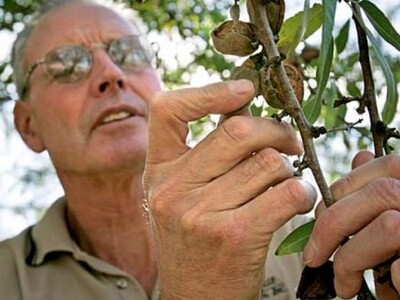Dealing with Noxious Weeds
Dealing with Noxious Weeds. I’m Greg Martin with today’s Line On Agriculture.
There's a new noxious weed of concern for
Tim Butler is supervisor of the Oregon Department of Agriculture's Noxious Weed Control Program. He and other officials are doing the equivalent of putting up wanted posters in the area of
FORNEY: It is very aggressive and is adaptive to a lot of different environments. It does very well in dryer areas, it does very well in more wet areas.
In fact, ODA has been battling purple starthistle in a small area of
FORNEY: I think the important thing is to educate yourself on what the plant looks like and to report those infestations to the Department of Agriculture and to your local weed control program so we can work with you and try to protect
That’s today’s Line On Agriculture. I’m Greg Martin on the Northwest Ag Information Network.

















